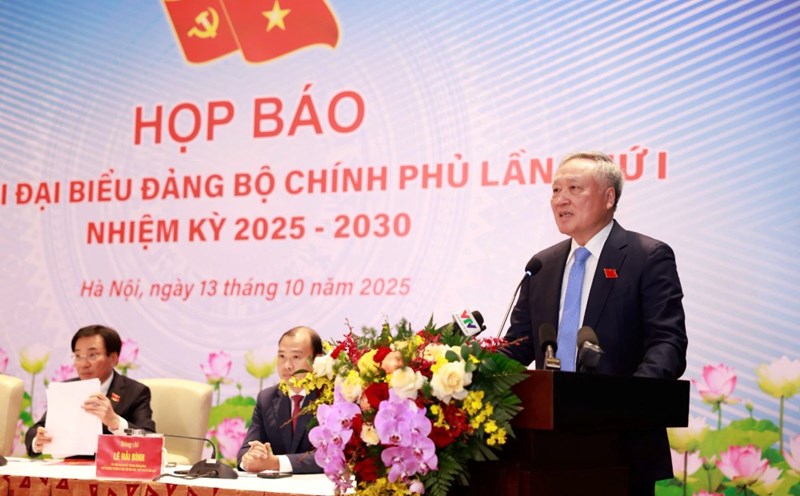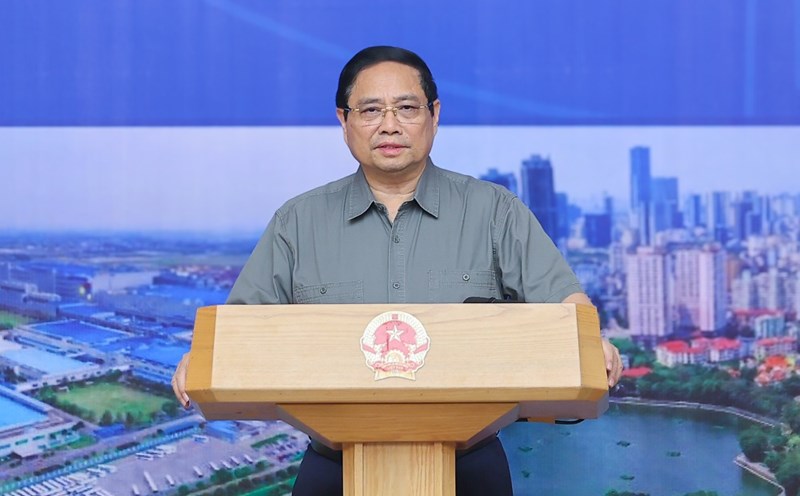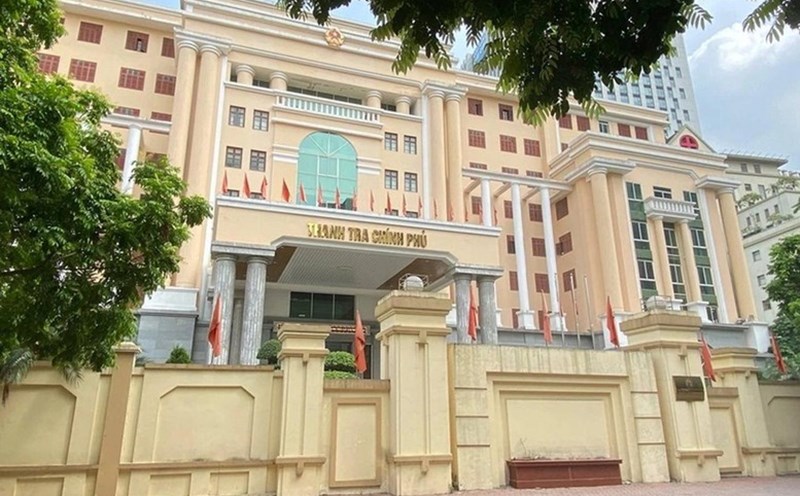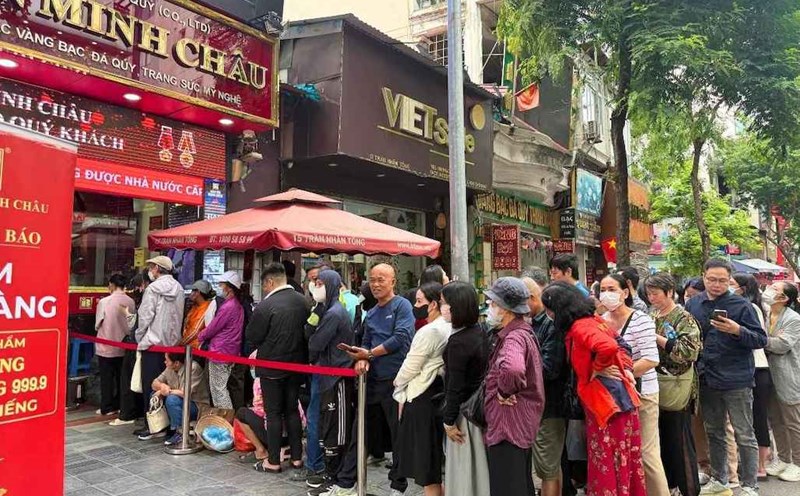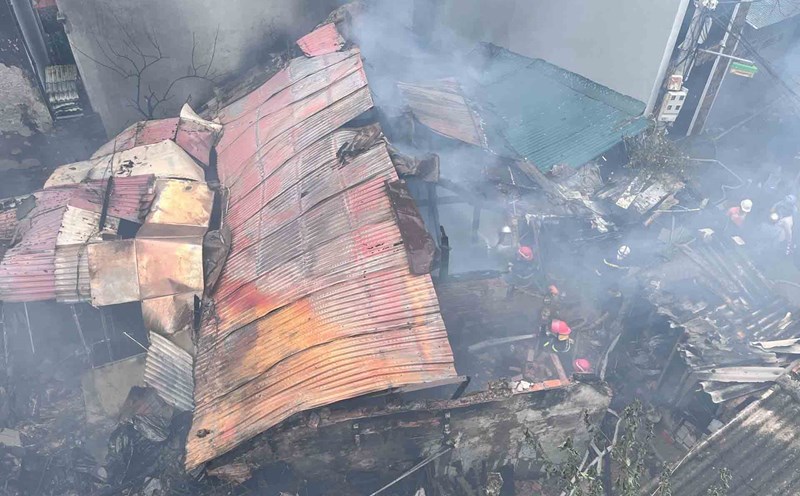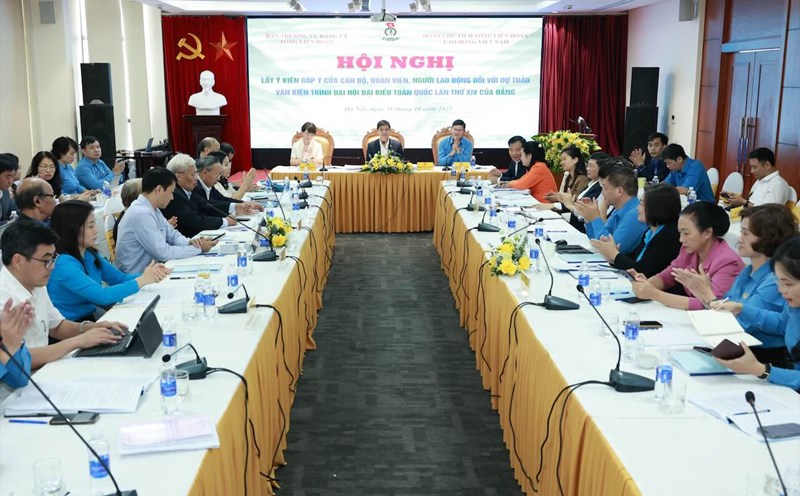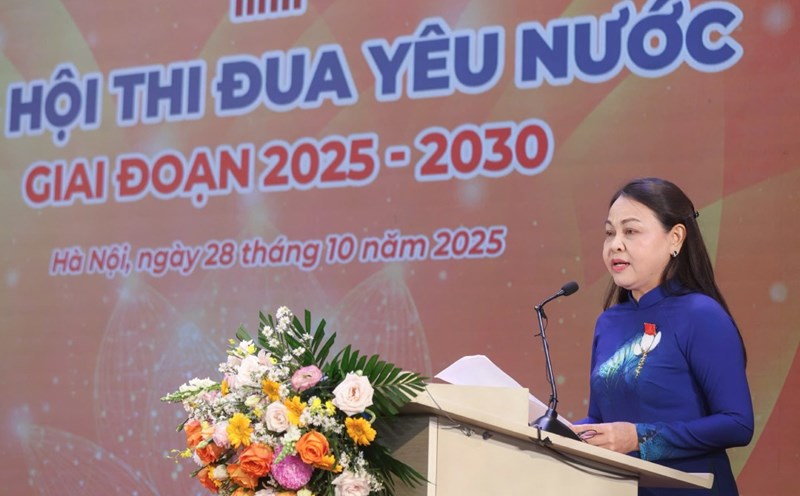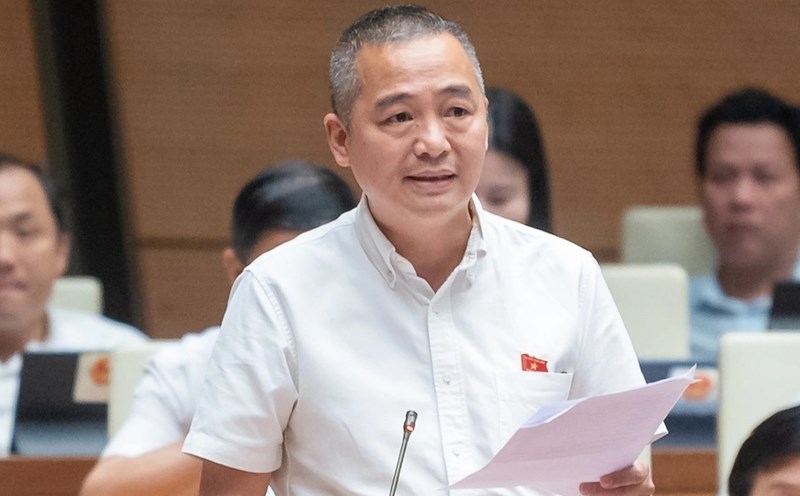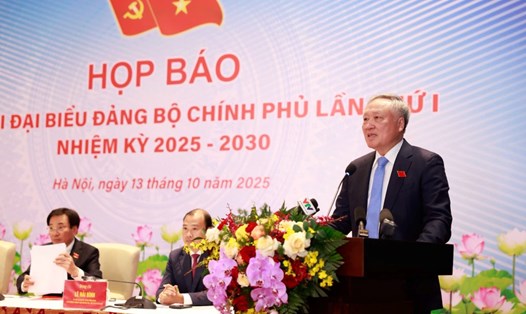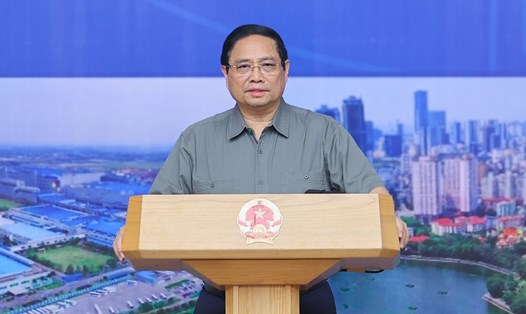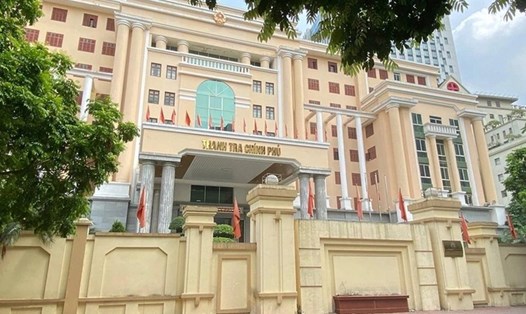On the morning of October 28, continuing the 10th Session of the 15th National Assembly, Secretary General of the National Assembly and Head of the National Assembly Office Le Quang Manh presented a report from the National Assembly's Supervisory Delegation on the implementation of policies and laws on environmental protection since the Law on Environmental Protection (BVMT) 2020 took effect.
According to the Secretary General of the National Assembly, the work of the Ministry of Natural Resources and Environment has undergone many changes, achieving and exceeding many important goals and targets set out in the Resolution of the 13th National Congress of the Party; Vietnam's sustainable development index has increased, topping ASEAN.
Major waste sources have been proactively and strictly controlled, avoiding major environmental incidents; many urban, rural, industrial park, industrial cluster, craft village, ecological and environmentally friendly production facilities have appeared.
In the period of 2022-2024, the Ministry of Natural Resources and Environment (MONRE) inspected 812 facilities and fined 348 facilities with a total amount of VND 96.7 billion. Localities have fined 14,863 cases with a total amount of 643 billion VND.
The State Audit has conducted 12 audits, pointing out many limitations and inadequacies in environmental management. The Environmental Police force has actively investigated, discovered, and prosecuted 2,336 cases/2,935 defendants.
The rate of increasing pollution and environmental degradation has been prevented, environmental quality has been gradually improved, especially the quality of the soil environment, surface water environment of some main river basins, coastal sea water, and groundwater.
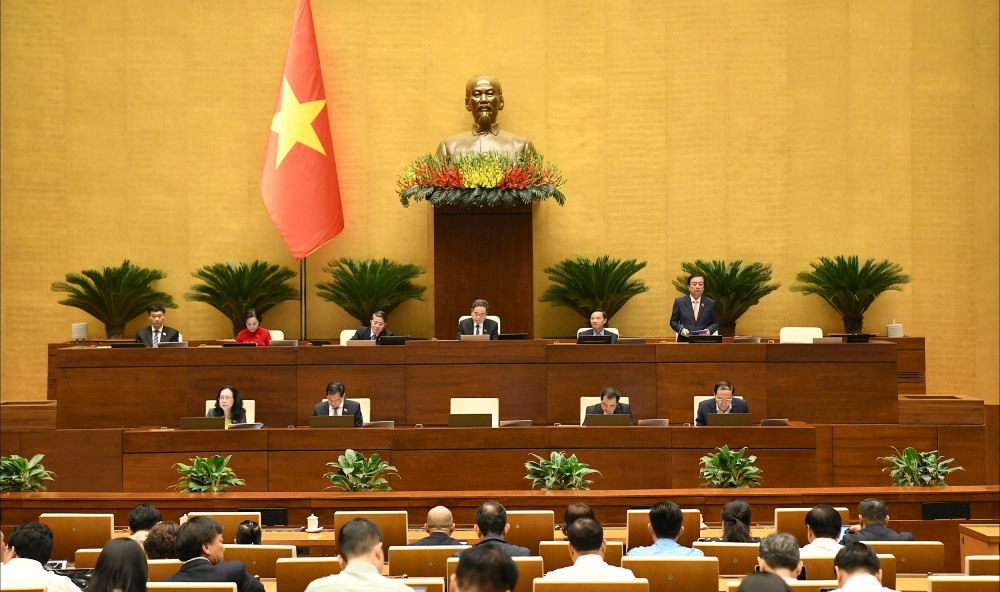
Regarding limitations, the Secretary General of the National Assembly stated that environmental pollution still occurs, is still complicated, and at times is at a serious level, especially air pollution (due to fine dust) in big cities.
The air quality index sometimes exceeds the safety threshold, negatively affecting people's health, sometimes Hanoi and Ho Chi Minh City fall into the group of the most polluted urban areas in the world.
Environmental quality of some river sections concentrated in densely populated areas, production, business establishments, services, craft villages in the Cau River basin, Nhue - Day River, and Bac Hung Hai irrigation system is slowly improving.
The target on the rate of facilities causing serious environmental pollution that are being treated has not been completed. According to the Resolution of the 13th National Party Congress, by 2025, 100% of facilities causing serious environmental pollution must be treated, but by September 2025, the whole country still has 38/435 facilities causing serious environmental pollution that have not been thoroughly treated.
The technical infrastructure for waste treatment, especially in the collection and treatment of domestic solid waste and wastewater, is still outdated and does not meet requirements (currently only about 18% of the total amount of urban wastewater collected and treated; the rate of direct landfill has decreased but still accounts for a high proportion, many landfills causing environmental pollution are slow to be treated).
The whole country only has 31.5% of industrial clusters and 16.6% of craft villages investing in building centralized wastewater treatment systems that meet environmental standards.
The promulgation and implementation of new policies on classification, collection, transportation, recycling and treatment of domestic solid waste is not in accordance with the prescribed roadmap and is ineffective due to the lack of synchronous classification, collection and treatment infrastructure.
The situation of complaints and denunciations about the environment, crimes, and violations of the law on health insurance still occurs in some localities, with complicated developments, causing disorder and social safety.

